I played with the design inspired by Don Komarechka's second December snowflake one more time, and I think this is one of my most favorite patterns to date!

Don provides a fascinating theory as to how the colorful ridges in the real snowflake may have formed here.
I asked my sweet husband for some of the classic ridge names in Colorado after he read Don's theory, and Lizard said the Elk Mountains Ridge Traverse requires a special grade of orienteering and backcountry ski skills in winter due to avalanche danger and terrain demands.
Today's pattern is not easy and requires a degree of patience and skill earned only through many crochet successes and failures, so Lizard thought the Elk Mountains Ridge name would be most fitting.
Here are some of his photos of the Elk Mountains Ridge Traverse area.







You may do whatever you'd like with snowflakes you make from this pattern, but you may not sell or republish the pattern. Thanks, and enjoy!

Finished Size: 3.25 inches from point to point
Materials: Size 10 crochet thread, optional second color if desired, size 7 crochet hook, empty pizza box, wax paper or plastic wrap, cellophane tape, water soluble school glue or desired stiffener, water, glitter, small container for glue/water mixture, paintbrush, stick pins that won't be used later for sewing, clear thread or fishing line
Elk Mountain Ridge Snowflake Instructions
Make magic ring.
Round 1: Ch 2, 17 dc in ring; sl st in 2nd ch of starting ch 2. Pull magic circle tight.
Round 2: Ch 4 (counts as 1 sc and ch 3), [sk next 2 dc, 1 sc in next dc, ch 3, 1 sc in same dc, ch 3] 5 times; sk next 2 dc, 1 sc in Round 1 sl st, ch 1, 1 dc in 1st ch of starting ch 4 to form 6th ch 3 loop of Round.
NOTE: Binding off here makes an adorable little snowflake.

Round 3: Ch 2 (counts as 1 dc), [3 dc in next ch 3 sp, 1 dc in next ch 3 loop, ch 3, 1 dc in same loop (V-st made, and the dc stitches in each tip of this Round are the dc posts you will be working fptr stiches around in Round 5)] 5 times, 3 dc in next ch 3 sp, 1 dc in next ch 3 loop, ch 1, 1 dc in 2nd ch of starting ch 4 to form 6th ch 3 tip of Round.
NOTE: Binding off here makes a cute little snowflake.

Alternate Round 4 for smaller, easier flake: Ch 2 (counts as 1 dc), 2 dc over post of dc directly below, [sk next dc, 1 dc in each of next 3 dc, sk next dc, 3 dc in next ch 3 tip, [[ch 4, 1 sc in 2nd ch from hook and in each of next 2 ch]] 3 times (tri-picot made), 3 dc in same ch 3 tip] 6 times, omitting last 3 dc of final repeat; sl st in 2nd ch of starting ch 2. Bind off; weave in ends.

Round 4: Ch 2 (counts as 1 dc), 2 dc over post of dc directly below, [sk next dc, 1 dc in each of next 3 dc, sk next dc, 3 dc in next ch 3 tip, ch 3, 3 dc in same tip] 5 times; sk next dc, 1 dc in each of next 3 dc, sk next dc, 3 dc in next ch 3 tip, ch 1, 1 dc in 2nd ch of starting ch 3 to form 6th ch 3 tip of Round.
If you're not reading this pattern on Snowcatcher, you're not reading the designer's blog. Please go here to see the original.
NOTE: From here on may be challenging. You will be crocheting around the post of stitches in previous rows. I recommend making the snowflake in a single color the first time because changing colors for just the fptr and fpdtr stitches adds a new level of difficulty to an already challenging snowflake pattern.
Round 5: 2 sc over post of dc directly below, [1 fptr around post of left V-st dc directly below, as shown below:

sk next dc, 1 sc in each of next 7 dc, 1 fptr around post of right V-st dc directly below, as shown below, 2 sc in next ch 3 tip, ch 3, 2 sc in same tip] 6 times, omitting last 2 sc and last 2 ch of final repeat; 1 dc in starting sc to form 6th ch 3 tip of Round.

NOTE: Binding off here makes a great little snowflake.

Round 6: Use second thread color on this Round if desired. You may used desired knot to join second color before each fp sequence and at the end of each fp sequence or use one desired join at beginning of first fp sequence and carry unused thread across back of work to be crocheted over on this Round and next Round. I carried my unused thread along back of work to minimize knots and ends to weave in at end of project.
Ch 2 (counts as 1 dc), 2 dc over post of dc directly below, changing color if desired prior to final loop of 2nd dc, [2 fptr around post of Round 5 fptr directly below, 2 fpdtr over same post, 2 fpdtr around next post of Round 5 fptr, 2 fptr around same post, changing color if desired prior to final loop of 2nd fptr, 3 dc in next ch 3 loop (crocheting over carried thread if applicable), ch 3, 3 dc in same loop (crocheting over carried thread if applicable), changing color if desired prior to final loop of 3rd dc] 6 times, omitting last 3 dc and last 2 ch of final repeat (you should be using first color at this point and should finish 6th Round and 7th Round using first color); 1 dc in 2nd ch of starting ch 2 to form 6th ch 3 tip of Round.


Round 7: 1 sc over post of dc directly below, [1 sc in each of next 3 dc, working behind fp "curtain" into Round 5 sc, sk next sc, 1 tr in each of next 7 sc (and catching carried thread if two colors were used), working into Round 6 dc, 1 sc in each of next 2 dc, 3 sc in next ch 3 tip (catching carried thread if two colors were used)] 6 times, omitting last sc of final repeat; sl st into starting sc;

bind off. Weave in ends.

Finish: Tape wax paper or plastic wrap to top of empty pizza box. Pin snowflake to box on top of wax paper or plastic wrap.
If using glue, mix a few drops of water with a teaspoon of glue in small washable container. Paint snowflake with glue mixture or desired stiffener. Sprinkle lightly with glitter. Wash paintbrush and container thoroughly. Allow snowflake to dry at least 24 hours. Remove pins. Gently peel snowflake from wax paper or plastic wrap. Attach 10-inch clear thread to one spoke, weaving in end. Wrap fishing line around tree branch (or tape to ceiling or any overhead surface) and watch snowflake twirl freely whenever you walk by! Snowflake also may be taped to window or tied to doorknob or cabinet handle.









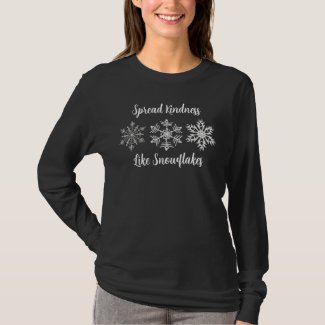
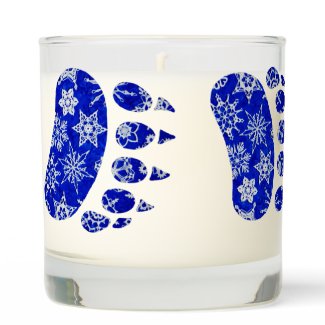
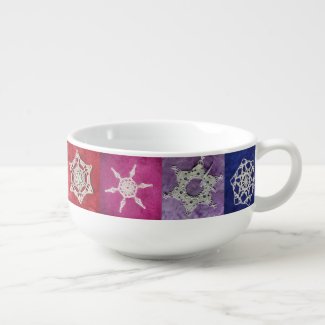

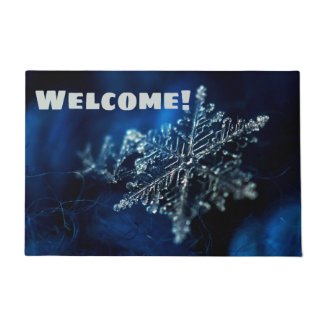
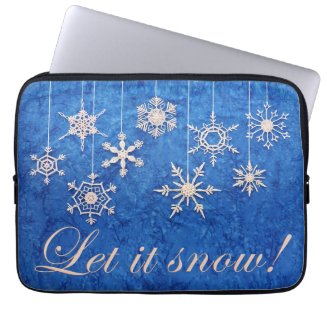
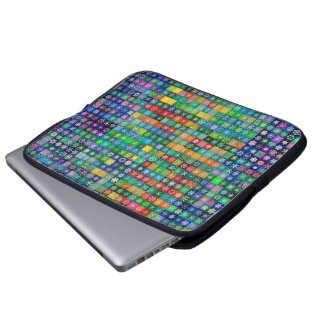
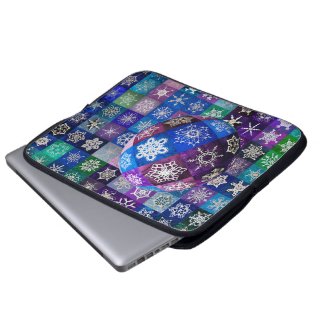















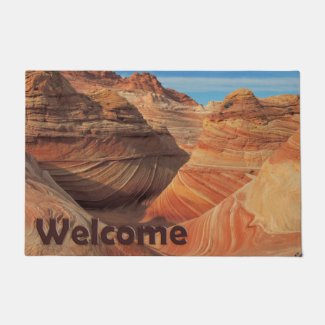
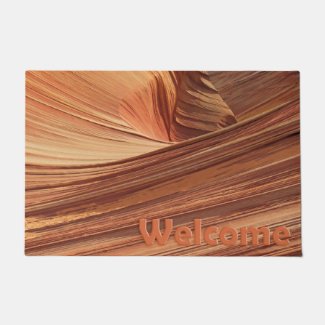

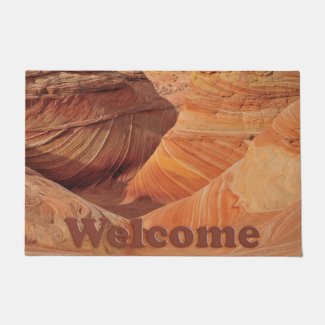
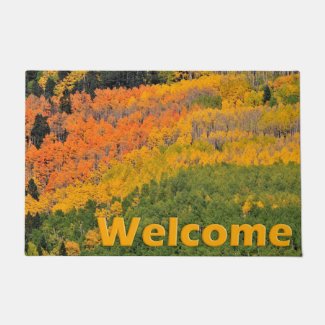
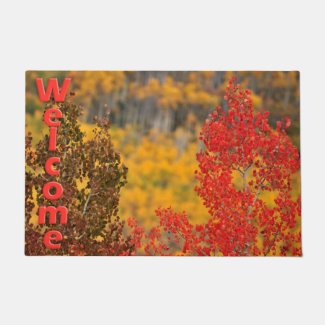
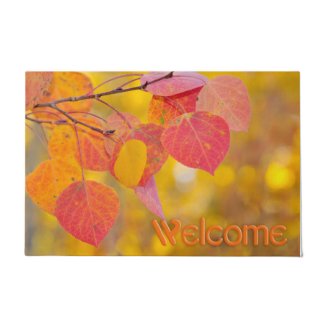
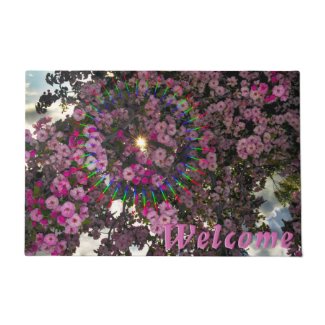
Sounds like the peak fits indeed. Avoiding an avalanche is always a good thing.
ReplyDelete